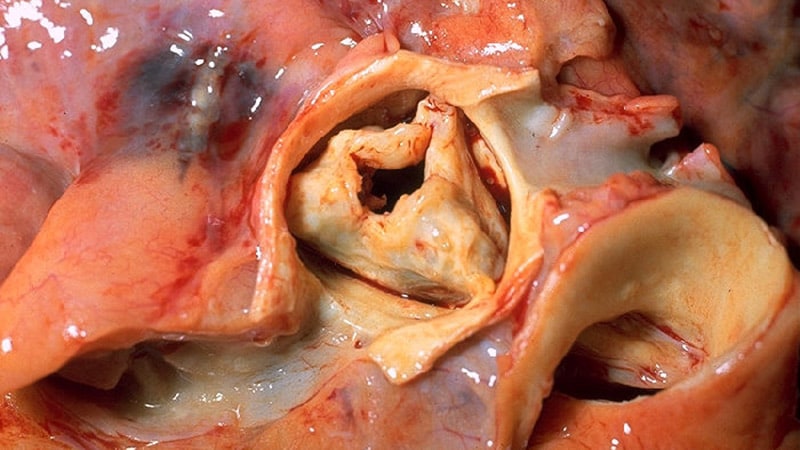Identification of Novel Biomarkers for Aortic Stenosis
Core Concepts
Identification of circulating proteins linked to aortic valve hemodynamics and risk for hospitalizations.
Abstract
The content discusses a study that identified 52 circulating proteins associated with aortic valve (AV) hemodynamics and the risk for AV-related hospitalizations. The study analyzed data from the Atherosclerosis Risk in Communities (ARIC) study and the Cardiovascular Health Study (CHS) to identify potential biomarkers for aortic stenosis (AS) and its progression. Key highlights include the use of plasma proteomics, cardiac imaging, and event surveillance to identify these biomarkers, the association of specific proteins like MMP12 and C1QTNF1 with AS severity and AV hospitalizations, and the potential implications for clinical practice.
Novel Biomarkers for Aortic Stenosis Identified
Stats
The analysis included 11,430 participants from the ARIC study and 4899 participants from the CHS study.
Over a median follow-up of 22 years, 912 ARIC participants were hospitalized with an AV diagnosis or intervention.
Higher MMP12 levels were associated with incident AV hospitalizations, worse AV hemodynamics, and greater AV calcification.
Complement C1q tumor necrosis factor–related protein 1 (C1QTNF1) was associated with AV hemodynamics and the risk for incident AV events.
Growth differentiation factor 15 and higher circulating leptin levels were also linked to AS severity and AV hospitalization risk.
Quotes
"These findings highlight the potential of MMP12 as a novel circulating biomarker of AS risk and C1QTNF1 as a new putative target to prevent CAVD progression." - Study Authors
Key Insights Distilled From
by Pauline Ande... at www.medscape.com 01-30-2024
https://www.medscape.com/viewarticle/novel-biomarkers-aortic-stenosis-identified-2024a100021a
Deeper Inquiries
How might the identification of these biomarkers impact the diagnosis and treatment of aortic stenosis?
The identification of these biomarkers, such as MMP12 and C1QTNF1, can have significant implications for the diagnosis and treatment of aortic stenosis. These biomarkers provide insights into the pathophysiology of the disease, allowing for earlier detection and risk stratification. Clinicians can use these biomarkers to monitor disease progression, assess response to treatment, and potentially identify individuals at higher risk for adverse outcomes. Additionally, these biomarkers could aid in the development of targeted therapies for aortic stenosis, leading to more personalized and effective treatment strategies.
What challenges could arise from using circulating proteins as biomarkers in clinical practice?
While circulating proteins offer promise as biomarkers for aortic stenosis, several challenges may arise from their use in clinical practice. One challenge is the need for standardized assays and reference ranges to ensure consistency and reproducibility across different healthcare settings. Interpretation of biomarker levels may also be complex, requiring expertise in proteomics and cardiovascular medicine. Additionally, the cost of biomarker testing and the integration of these tests into routine clinical practice may pose challenges for widespread adoption. Furthermore, the clinical significance of these biomarkers and their utility in guiding treatment decisions will need to be validated in large-scale clinical trials.
How can the findings of this study contribute to the broader understanding of cardiovascular diseases?
The findings of this study contribute to the broader understanding of cardiovascular diseases by shedding light on the molecular mechanisms underlying aortic stenosis. By identifying circulating proteins associated with aortic valve hemodynamics and disease severity, researchers have uncovered potential pathways and targets for intervention in calcific aortic valve disease. These findings not only have implications for aortic stenosis but also provide insights into the pathogenesis of other cardiovascular diseases. Understanding the role of specific proteins like MMP12 and C1QTNF1 in disease progression can pave the way for the development of novel diagnostic tools and therapeutic strategies for a range of cardiovascular conditions. The study's use of Mendelian randomization to assess causal relationships further enhances our understanding of the complex interplay between circulating proteins and cardiovascular outcomes.
0
More on Medical Research
